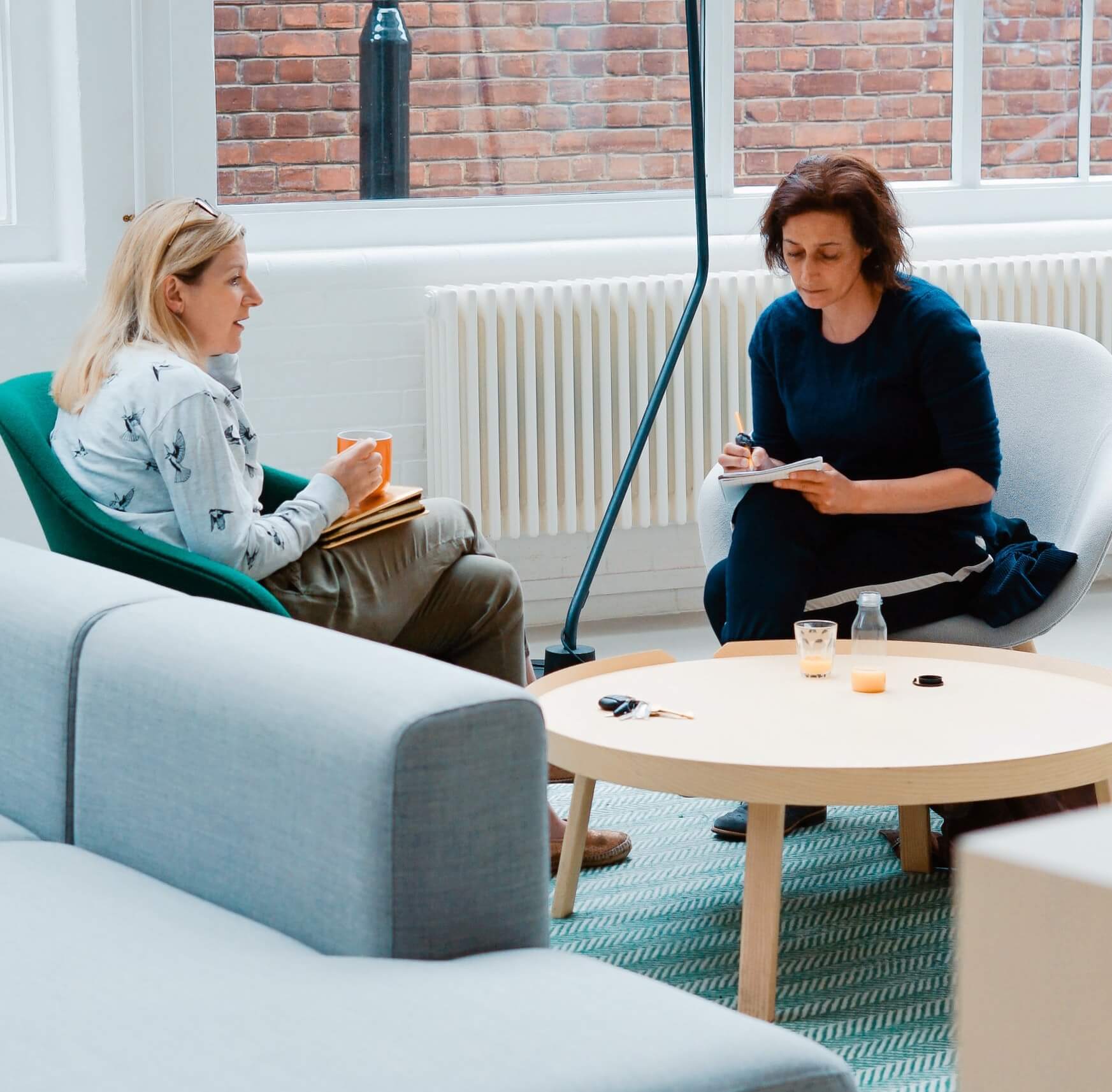Walking therapy promotes the release of dopamine, endorphins, serotonin, oxytocin and adrenaline inside the body, creating a natural high. It also helps you to relax and process your feelings more effectively. Taking a walk within a natural setting is especially beneficial because sounds, scents and scenery help us to recall memories, thoughts and feelings in the present moment.
Mental health charity Mind carried out extensive research a few years ago, which showed that walking in the countryside could help reduce depression and anxiety. In their survey, they reported that 71% of respondents felt decreased depression and less tense after a “green” walk, while 90% felt their self-esteem increase after a country walk.
And it's not just Mind that believes in the benefits of being out in green spaces - other mental health organisations and the NHS recognise the benefits of the activity on good psychological health and mental well-being. In fact, any kind of exercise can help to reduce levels of tress, depression and anxiety. The benefits of being outdoors have been echoed by the Government over the last few months.
I was lucky enough to grow up on a farm and from a young age, I instinctively knew that being in the countryside was good for me. And now, many decades later as a professional counsellor, I appreciate even more now that being out in the open air is therapeutically beneficial.


Speaking aloud and verbalising your thoughts and emotions lets you see them from a new perspective, instead of just in the interior of your own mind. Saying them to another person also makes you consider what their view is, meaning you can gain new ways of thinking about your problems, simply by letting them out. In a similar way, keeping a diary or journal is a great help to many people – seeing your problems written down on paper allows you to examine them from a distance. In some cases, people discover that their worries or anxieties aren’t really founded on any real cause for concern or that what they thought was a very serious issue was, in fact, nothing at all to worry about – this can be a huge relief.
Today we’re busier than we’ve ever been in the past, as our attention is pulled in every way possible from the moment we wake up until the moment we fall asleep. This means we can rarely afford the time to sit and process feelings of guilt, remorse, grief or sadness. Counselling or talking therapy means you simply dedicate some time to facing or confronting your issues. When you have an appointment with another person, you’re committed to them for that period of time, meaning you can’t put off or run away from facing your feelings. Equally, you’re less likely to be distracted whilst you are facing those feelings.

Online therapy has been researched and been proved to be just as effective in providing support and relief as the more traditional face-to-face consulting room therapy. It is particular well suited to those individuals who have mobility difficulties, or those who live in rural surroundings and would need to travel some distance to see a therapist or simply those who’s preference is to engage via technology in therapy from the comfort and privacy of their own homes. Whatever your reason, not only do you have a choice about which therapist you see, now you have a choice about how you see that therapist.
